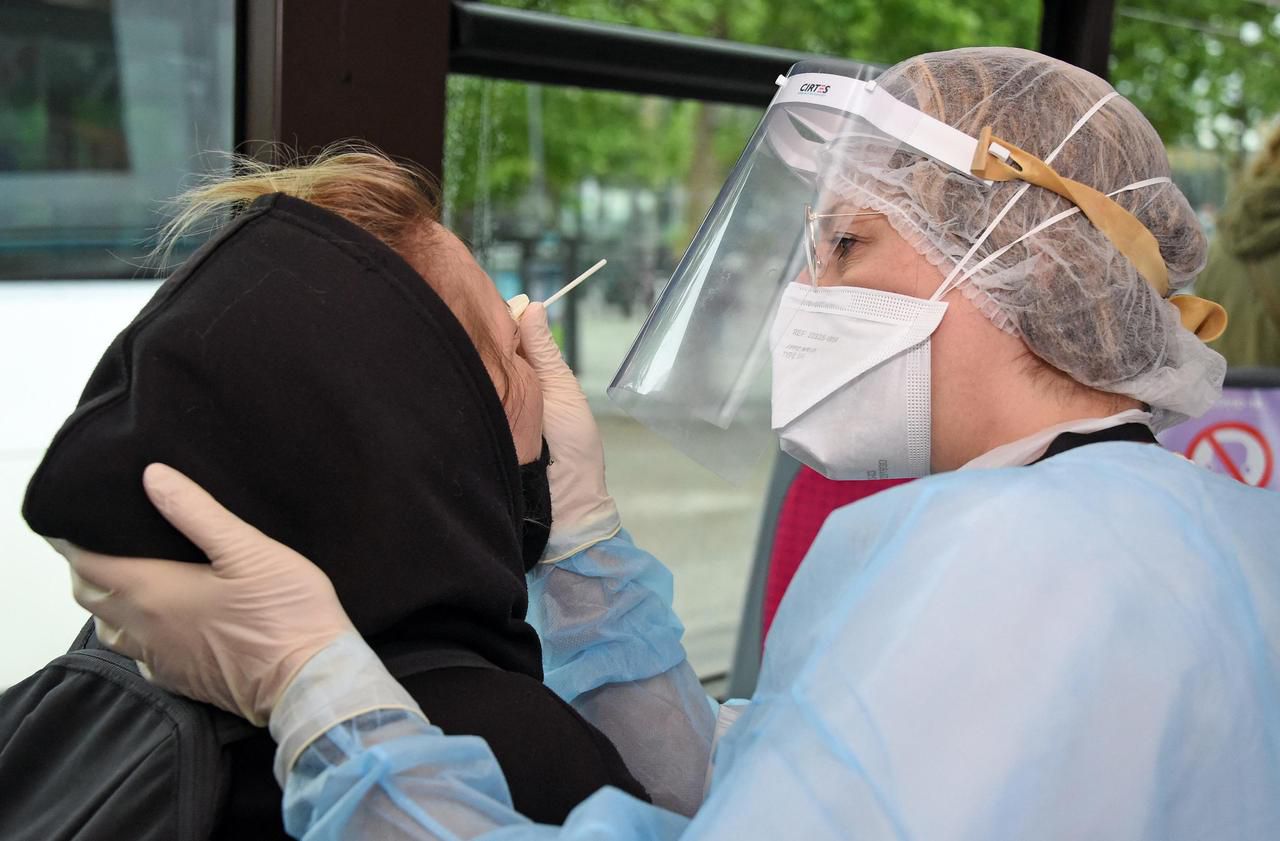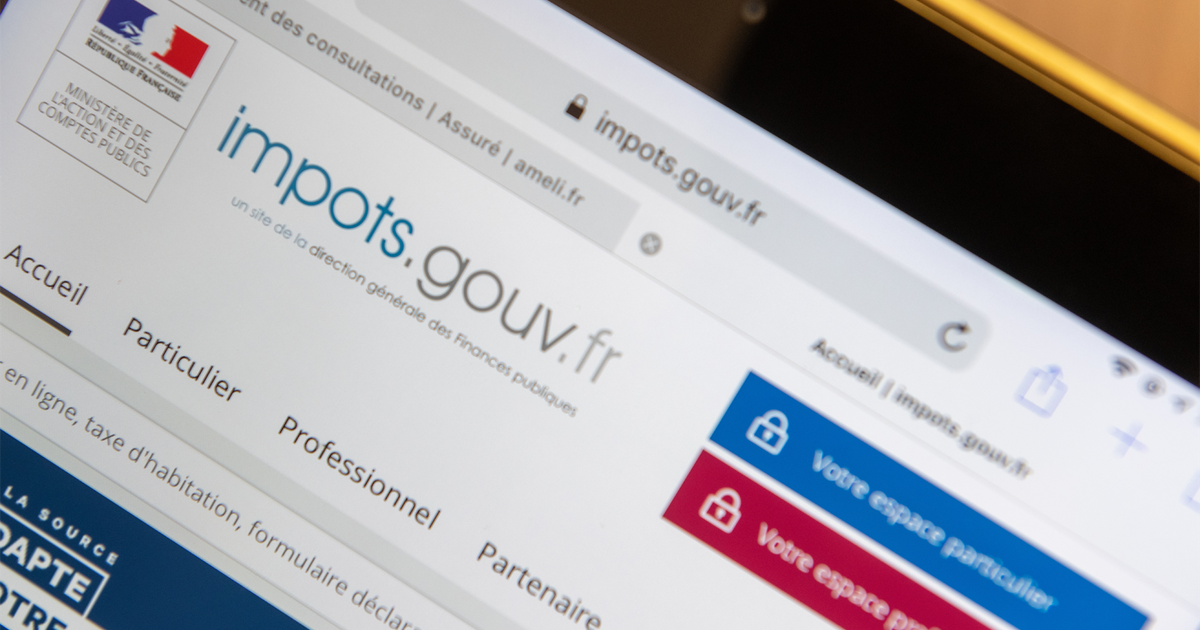This figure is almost five times the national average. In Meurthe-et-Moselle, since the beginning of the month, the incidence rate, that is to say the number of positive cases of coronavirus reported to 100,000 inhabitants, reaches 26.3 patients, while the average national is today 4.3. Like fifteen other departments, including the neighboring Moselle, the North and Mayotte (in these three zones, the rate fluctuates between 20 and 30), Meurthe-et-Moselle has thus exceeded the vigilance threshold, set at 10 by the Ministry of Health.
The surge in this incidence rate, a crucial indicator for determining whether the epidemic is starting to rise again, worries the prefect of Meurthe-et-Moselle, Éric Freysselinard. He is to date the only prefect concerned to have sounded the alarm and called, on Wednesday, the population to vigilance. Among the explanations put forward, the representative of the State mentions the increase in the number of diagnoses, but also “the recklessness” and the “relaxation” of the population, while certain inhabitants would have found themselves “in private moments, holidays neighbors, family reunions ”, without necessarily respecting the barrier measures.
This increase takes place almost exclusively over a week: between June 1 and June 8, the incidence rate went from 7 to 26.3. Faced with this finding, the prefect intends to "send the national and municipal police to bars and restaurants", to ensure that sanitary measures are respected. He also wants to verify "that large surfaces require the wearing of a mask".
"Nothing makes me say that the epidemic is starting again"
“In Meurthe-et-Moselle, we do not observe a resumption of clinical cases. The epidemic is not over, but by relying on the indicators at our disposal, nothing makes me say that it is starting again ”, wants to reassure the infectiologist Christian Rabaud, of the CHRU of Nancy, who largely explains this increase in cases by the number of PCR tests carried out.
The ARS (Regional Health Agency) of Grand-Est indeed tells us to count “650 to 700 tests” daily. "As we find more cases, mathematically, if we relate this figure to the population which remains stable, the incidence increases", summarizes Christian Rabaud.
For the past week, the department has also implemented a new tool: a bus, which travels through the metropolis of Nancy. "It can take up to 300 samples per day, while our fixed centers currently make less than 50 daily", details the infectiologist, who stresses this need to "go to the population, to people who have not no symptoms, but who wants to know if they are infected ”, whereas the diagnoses carried out via a doctor require a prescription and require to show signs of Covid-19.
Four clusters including two in Ehpad
"We somewhat missed the policy of bulk pre-containment samples, we rather want to be in excess of screening", also defends the specialist. He reminds that today, the other indicators are green: the Nancy CHRU receives only five Covid-19 patients in intensive care and two admissions for suspected infection only were carried out on Wednesday.
Newsletter - The essentials of the news
Every morning, the news seen by Le ParisienI'm registering
Your email address is collected by Le Parisien to allow you to receive our news and commercial offers. Find out more
To explain that hospitalizations did not start to rise again, despite these positive tests, the infectious disease specialist finally mentions the probable preponderance of asymptomatic people, "whose viral load is low", who "are not necessarily able to transmit the virus. "
This rather reassuring data should not, however, mask the fact that the virus is still there. The ARS, which admits "a little more intense, but controlled viral circulation, in Moselle and Meurthe-et-Moselle, compared to the neighboring departments, tells us to count this June 11" four clusters or infectious foci "(with at at least three confirmed, or potential, cases over a week) in Meurthe-et-Moselle, including "two in nursing homes, one in a professional environment and another in a community". This is almost as much as the number of clusters listed in Paris - five - which is still in the orange zone.
In Nancy, a crèche was closed following the discovery of a case. Tests are also carried out massively in two high schools and in the judicial precinct, because of people diagnosed positive. But these places are not, "at this stage", considered as clusters, insists the ARS, which awaits the results of tests. Tracing patients and epidemiological investigations carried out around the probable clusters have in fact been able to massively increase the number of these cases identified. In the Lycée Poincaré in Nancy, for example, after the discovery of two contaminations, "500 tests were carried out," reports the mayor, Laurent Hénart.
"A flutter", rather than a "relaxation"
However, it remains complicated to determine the share of this supposed “relaxation” of the population mentioned by the prefect. An example is suggestive, however advises the prefecture: with the Parisian, she cites the cluster of the town of Ceintrey, where the tracing investigation could determine that the contaminated children had found themselves during meetings between neighbors.
For the rest, the illustrations are missing. In Nancy, capital of the prefecture, this relaxation in the face of barrier measures is "complicated to assess," judges the councilor. "We can see that for eight days, there has been a flutter," he adds however. From the opening of bars and restaurants, we saw a change of atmosphere, the wearing of the mask became a little more relaxed in public spaces. "
"Collective vigilance, the observation of barrier measures and social distancing must be required in all circumstances, including during moments of conviviality, at work or in the private sphere, where we tend to be less vigilant", insists for its part the ARS.
Infectious disease specialist Christian Rabaud also wants to "remain cautious", given the situation in this department which deplores 350 deaths linked to Covid-19. “Don't these figures hide a certain truth and demonstrate an epidemic recovery? "He wonders, hammering that" the virus is still circulating and can leave. " According to him, it will be necessary to wait until June 20, at least, to determine if, after the success of the first phase of deconfinement, the second has also borne fruit, or if a relaxation is confirmed.









